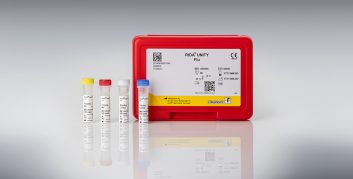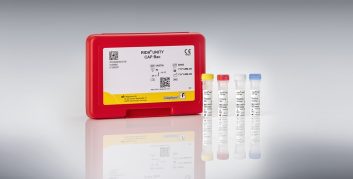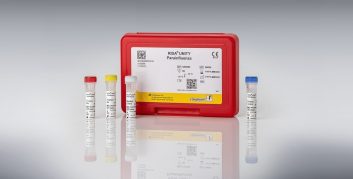The symptoms of a “classic cold” – runny nose, cough, aching limbs and/or fever – can be caused by a variety of respiratory pathogens. This is why it is difficult to assign them correctly. In addition to the “classic cold”, other lung infections also come to the fore again and again. Therefore, the patient profile plays a major role in the diagnosis.
In immunocompetent adults respiratory symptoms are caused e.g. by influenza, SARS-CoV-2, rhinoviruses but also Mycoplasma pneumoniae or Bordetella. In children on the other hand, respiratory infections can manifest as fever, runny nose, cough and wheezing, indicating the presence of viruses such as rhinoviruses or adenoviruses, but also severe courses as a result of a respiratory syncytial virus (RSV) infection are not uncommon. The stakes are higher in elderly or immunosuppressed patients, who are much more susceptible to severe complications such as pneumonia. Here, pathogens such as Streptococcus pneumoniae, Legionella pneumophila or Haemophilus influenzae are just as often causative as RSV.
It is a fact: for a targeted and effective treatment, a differential diagnosis of the pathogens is crucial.
The respiratory test portfolio from R-Biopharm offers molecular diagnostic solutions for your individual laboratory routine:
- Manual low plex real-time PCR – RIDA®GENE
- Semi-automated high multiplex tandem PCR – TandemPlex®
- Fully-automated low plex real-time PCR – RIDA®UNITY
Choose a technology
Choose a diagnostic field
Choose your product for respiratory infections
You might also be interested in
Support on respiratory infections
Questions? Tap into our team’s expertise. We’re here to support you and your business throughout the testing process to ensure your success



















